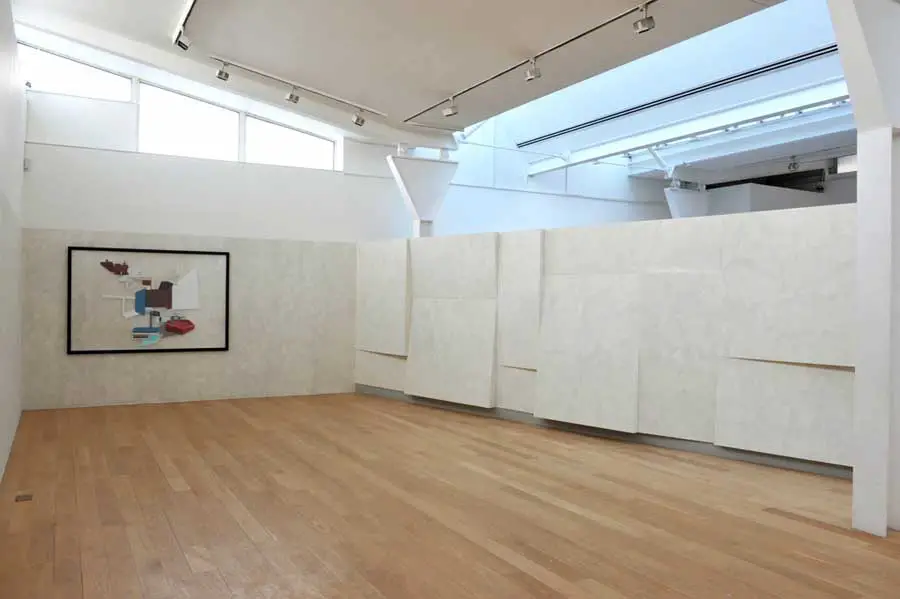The high-rise has always been a curious fascination I've had about Glasgow (along with Cumbernauld). Brought up in a bottom floor end-terrace house. Never lived in a high-rise. Never really noticed them (or Cumbernauld) until moving away to Dundee. Almost four years of living in Dundee with regular visits home. From one of the very first visits home the scale of high-rise Glasgow struck me. After entering the city limits, but still a few miles out from the centre you catch a glimpse of Red Road. Towering in the distance, the Colossus of Glasgow, welcoming visitors to the Empire's second city. Favourable words, for a less than favourable building, the high-rise. A simple, yet not fully understood fascination with these structures has led to my body of work for 4th year, and the Degree Show.
I've cited myself because this statement, taken from “QEIIS Report” - the supporting material for my final year's work – captures my sense of enthusiasm towards what, at the time, was the unknown. I knew I liked the scale and bombast of Glasgow's architecture, but I wasn't sure why, which made research all the more interesting. I then settled with one building in particular, Queen Elizabeth Square, designed by Sir Basil Spence, a tribute to brutalist architecture. This building was unforgiving, bold, but held a lot of the ideals many modernist architects wanted to achieve with their structures – community cohesion, open spaces, and in the case of QES, gardens in the sky. Queen Elizabeth Square in particular promised a better standard of living to the residents of the Gorbals which had become regarded as a slum. However, the popularity of the high-rise has declined, and the ideals, and magnificent architecture forgotten. So where is the synergy with Toby Paterson?
Well aside from the subject matter – urban landscapes - more specifically Paterson's explanation of his practice and rationale on the DVD struck a cord. Paterson specifically referred to the Anderston Centre, and how he obtained and worked from the original plans. I would through an almost identical process with QEIIS, I visited and obtained copies of the original Hutchesontown C Development (Queen Elizabeth Square) architectural drawings and explored this now demolished structure through them. From an early stage I decided I wanted to re-build Queen Elizabeth Square, out of context, and shed in new light. I literally measured the original plans and built a to scale (approximately) 3D model using Google Sketch-Up. From this simple model my Degree Show work developed in what became known as QEIIS (Queen Elizabeth II Square for anyone two steps behind). The work celebrates the scale and form of this beautiful piece of infamous architectural history, out of context and devoid of the emotional social history which shrouds the building.
I described the work (incorrectly on reflection) as a form of architectural preservation, but approaching the subject matter as an artistic and applying some conceptual thinking to the presentation. So instead of a gallery of photographs or original drawings on display (which play a role in preserving the memory of this building) I created a living, moving, incarnation of this building projected on two walls.
Masters has caused pause for reflection on my practice, and I'm taking the time to ground my work in the context of other works. Although I knew Toby Paterson and his work (doing a little research last year), scratching the surface is not enough, which is why it's time to pause, reflect and research. Defining my area of interest more accurately and providing context for my work as an artist are the two channels of thought and research I intend to pursue this semester.
These posts help ground my thinking, which is why, even without a captive audience, I'm publishing them, in essence, to myself.
Dead brilliant websites:-
Scotsman article on Toby Paterson

No comments:
Post a Comment